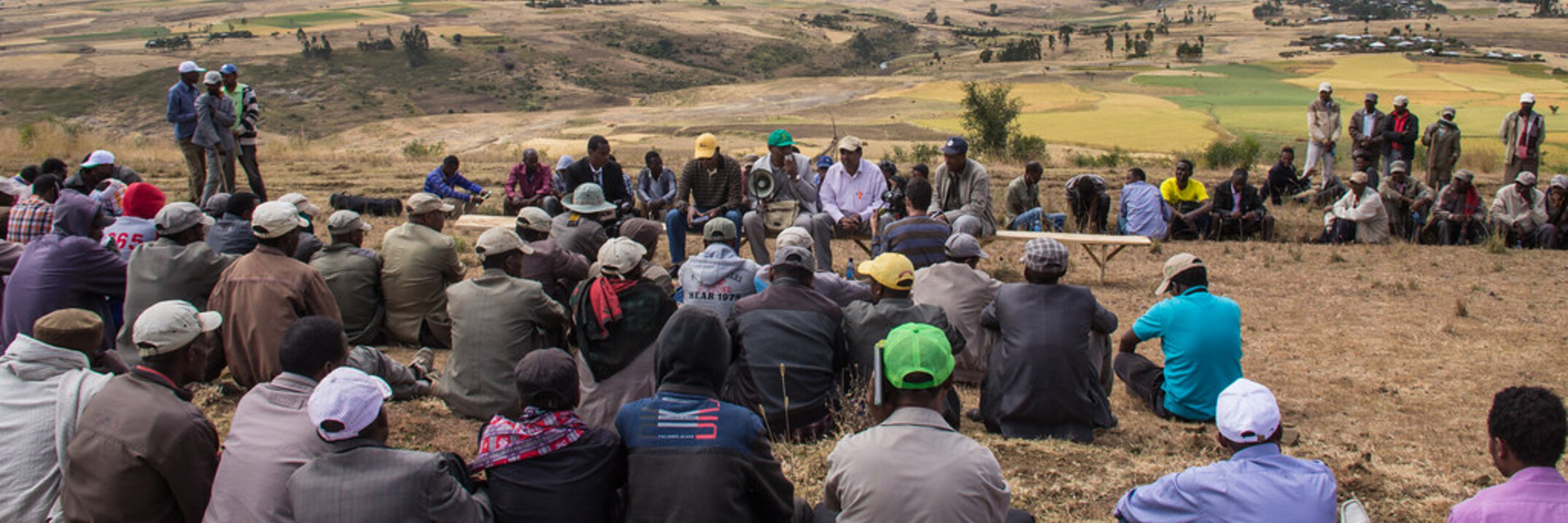A study was undertaken to understand local knowledge and practices of communities in animal management as a step in designing and
implementation of communitybased
breeding programs for four local breeds (Afar, Bonga, Horro and Menz) in four sites in...


